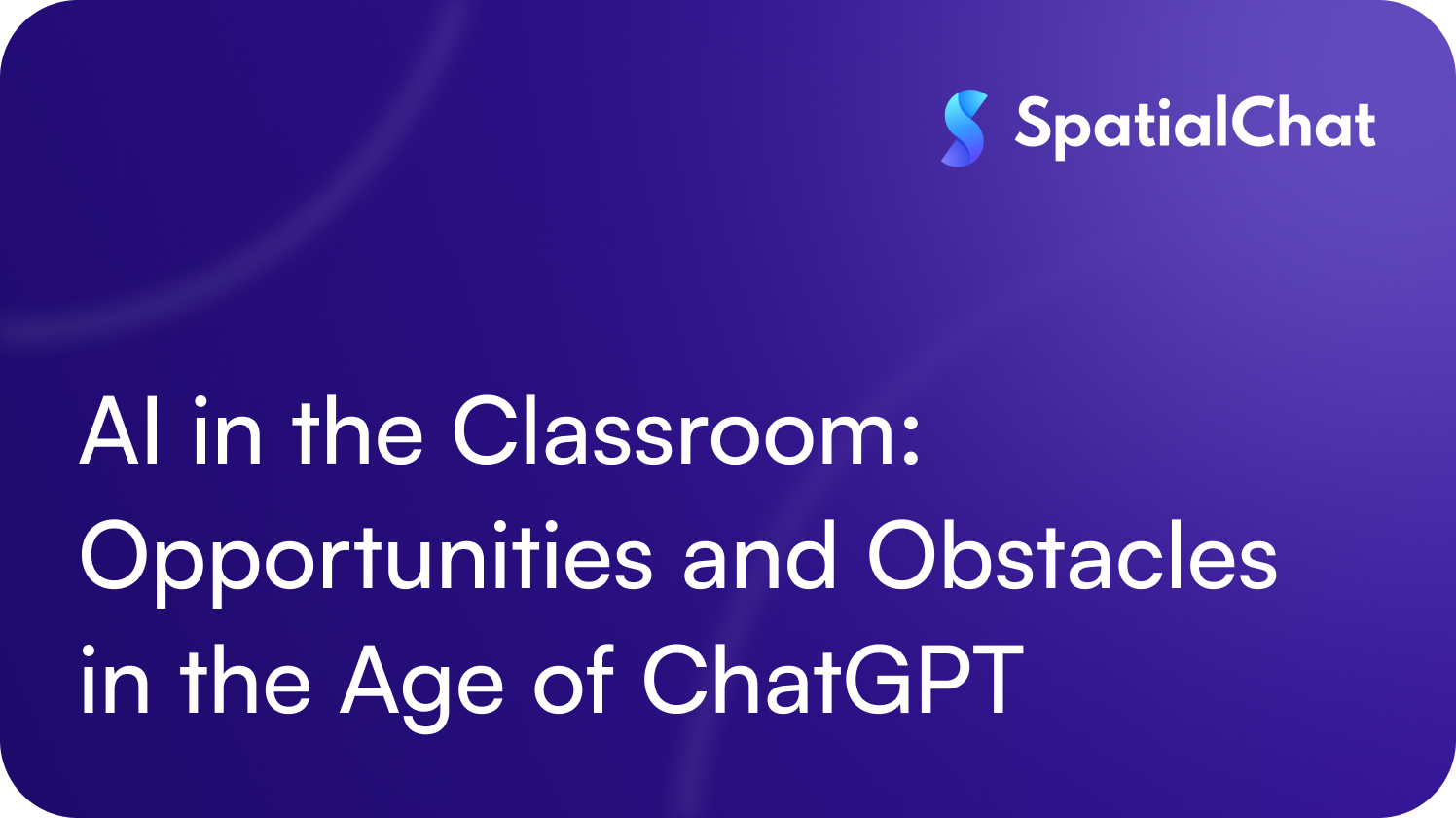In early December 2022, OpenAI’s ChatGPT burst onto the scene, quickly becoming the latest sensation on Education Twitter. The large language model, designed to generate human-like responses and answer a wide range of questions, instantly caught the attention of educators. Early trials showed that ChatGPT could ace AP exam questions and produce full-length essays — feats that left instructors both intrigued and alarmed. Middle schoolers rejoiced at the idea of escaping tedious short-answer assignments, while plagiarism detection and proctoring companies braced for impact.
Some voices rushed to declare the death of homework, and by extension, the collapse of education itself. In response, calls to return to in-person, handwritten, proctored exams gained momentum, threatening to undo years of hard-won progress in making education more accessible — especially for students with disabilities and remote learners.
Yet, not everyone saw a crisis. Many educators saw an opportunity: a glimpse of a future where AI could enhance learning and support diverse student needs. One such thoughtful perspective comes from Dara Ryder, CEO of AHEAD Journal, who explores how AI could improve outcomes, particularly for disabled students.
History has shown that banning new tools rarely works — and often harms students more than it helps. Today’s learners will enter a world where generative AI is commonplace. Forbidding its use is like banning calculators, autocorrect, or even Wikipedia. As technology columnist Kevin Roose put it, these tools are now part of society. It's up to educators to teach students not just if they should use them, but how to use them responsibly and effectively.
College writing instructor and author John Warner offers a more colorful — and critical — perspective on ChatGPT. Known for Why They Can’t Write and The Writer’s Practice, Warner describes the tool this way: “It has no idea what it’s saying. It understands syntax, not content. It is not thinking in the ways humans think when they write” (2022).
Warner’s broader body of work critiques the systemic issues that have shaped writing instruction: the dominance of standardized testing, diminished autonomy for teachers and students, and rigid educational mandates. To him, writing isn’t just about structure — it’s a mode of thinking. And to develop as a writer means engaging deeply in that thought process.
Unfortunately, the current system often prioritizes formulaic, “form-first” writing — think the five-paragraph essay — which can crowd out the critical thinking and reflection students need to become purposeful, independent writers. Ironically, ChatGPT might be the key to challenging this status quo.
Rather than fear it, Warner sees an opportunity. If AI can effortlessly churn out cookie-cutter essays on generic topics, why assign them in the first place? Why not, instead, design writing experiences that genuinely matter? As Warner puts it, it’s time to “make the work worth doing.” While he’s quick to compare ChatGPT to a Shakespearean monkey at a typewriter — “but without the gibberish” — he acknowledges its potential. With thoughtful assignment design, students could learn to use AI as a tool for exploration, critique, and deeper engagement.
Technology is already transforming the classroom, and educators are finding new ways to stay ahead of the curve. Some are using tools like ChatGPT to automate routine tasks, freeing up time for more meaningful instruction. Others are guiding students to use AI in subject-specific ways — not as shortcuts, but as prompts to spark metacognitive insight and strengthen their work. For those interested in practical strategies, Ditch That Textbook recently shared a guide featuring 20 ways to integrate ChatGPT into teaching and learning, alongside real-world examples from educators who are already experimenting with AI in the classroom.
Amid all this change, virtual classroom platforms like SpatialChat face a critical question: Will we continue building tools rooted in the pedagogy of compliance, as Zaretta Hammond warns (in Rebora, 2021)? Or will we push for something more meaningful — a move away from tech that merely reinforces control, toward tools that empower and liberate both educators and students?
At SpatialChat, we’re committed to the latter. We embrace the possibilities of cutting-edge virtual classroom technology, but never at the expense of the people who bring it to life. Our guiding principle is simple: technology should step back so that teaching and learning can step forward. We design spaces where teachers can truly teach — and students are free to explore, question, and grow.
In this light, ChatGPT also represents liberation. Not just from tedious tasks, but from outdated definitions of what learning looks like. It challenges us to reimagine how knowledge is demonstrated, how curiosity is sparked, and how education can evolve.
Our product roadmap reflects this philosophy. We prioritize tools that build connection, cultivate community, and support student agency — because we believe that’s the real work of educators. We’re not here to automate attendance or build platforms that treat educators like content delivery machines. We're here to create environments where social learning thrives — spaces that echo far beyond the virtual classroom.
So join us. Let’s build classrooms that elevate human voices, center authentic learning, and honor education as a path to freedom — not just for today’s students, but for the futures they’ll shape.
